There is a problem in business we can all identify with – getting a meeting on an executive’s or decision maker’s calendar. Once a meeting is scheduled, Procurement teams frequently struggle to convey their message in a way that is easy to understand and meaningful to a business executive. This article will cover five key elements of an effective executive presentation that will help make the most of your time with executives.
- Defining your objective and its significance to the audience
- Conveying an organized and structured message
- Communicating your arguments clearly and simply
- Verifying your presentation is spotless, and you are prepared to present with confidence
- Delivering your message effectively
Defining your objective and its significance to the audience
At the beginning of your presentation, it is imperative to define the objective of the meeting and to explain why the audience should care. As Procurement experts, we are often focused on driving cost savings for our line of business, it is important to think about who the meeting attendees are, their primary concerns, and why they should care about the topic that you want to discuss. An effective presentation should lead the audience to a call to action such as approving the funding of a new project or changing the way business is conducted.
Conveying an organized and structured message
When delivering a presentation, if you do not order your thoughts in a structured manner, your attendees will not be able to follow them. The presentation that you deliver should take your audience from the beginning of your meeting (point A) and move them towards your objective (Point B). There are several ways to structure an effective presentation, see the below diagram for a few examples of presentation structures that can help to deliver your message in an organized manner.

Communicating your arguments clearly and simply
In Procurement, we frequently dive into the granular details of a project in order to develop an effective strategy. However, when presenting to executives, it is important to only provide information that they need to know and in a manner that is easy to understand. For example, visualizing and explaining data with an effective chart is almost always more impactful than a data table or a slide that is full of text.
Verifying that your presentation is spotless, and that you are prepared to present with confidence
Although this point may be common sense to some, always proofread your presentation to make sure that it is formatted professionally and free from grammatical errors. Make sure you are prepared to deliver your presentation and that it flows smoothly by reviewing your presentation with the following questions in mind:
- How will the audience want to use this information?
- What order/arrangement will make the information easier to understand?
- Will that order communicate the message effectively?
- Does any information bear repeating?
- Are there natural transitions between my paragraphs and/or points?
Delivering your message effectively
An idea’s success or failure is frequently determined by how effectively it was communicated to the decision maker. Therefore, once you have developed your presentation, always think through the most effective ways to deliver your materials. When beginning your presentation, it is important to start on time and capture your audience’s attention immediately by establishing yourself and your call to action. Throughout your presentation, you should have a strategy for maintaining everyone’s attention and engagement. Lastly, when finishing your presentation, reinforce your call to action and plan your last few sentences to be impactful as your final impression will last with the audience.
Following these five key elements when developing and delivering your executive presentations will help you to communicate your message effectively, gain executive buy-in, and drive business results. Need help getting procurement information across to executives? Contact our experts today!
Subscribe to ProcureAbility Insights to access whitepapers, presentations, plus our latest thought leadership.



